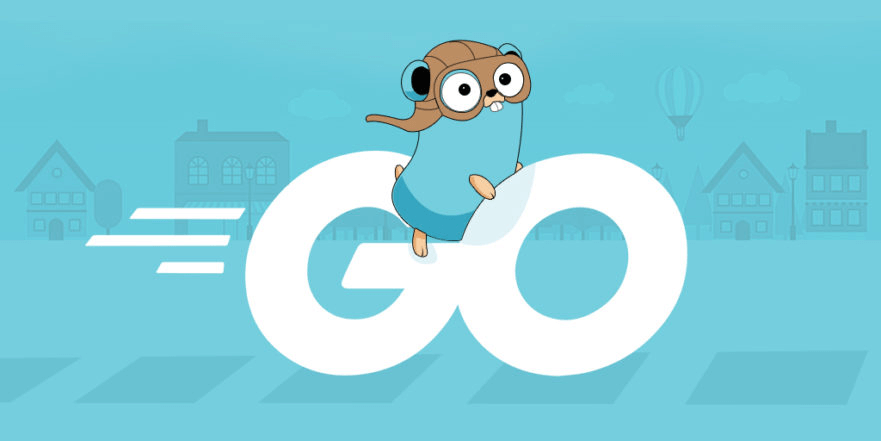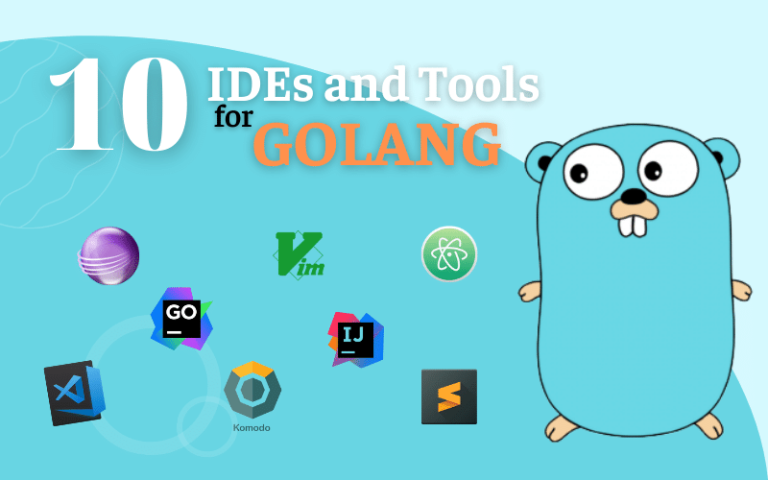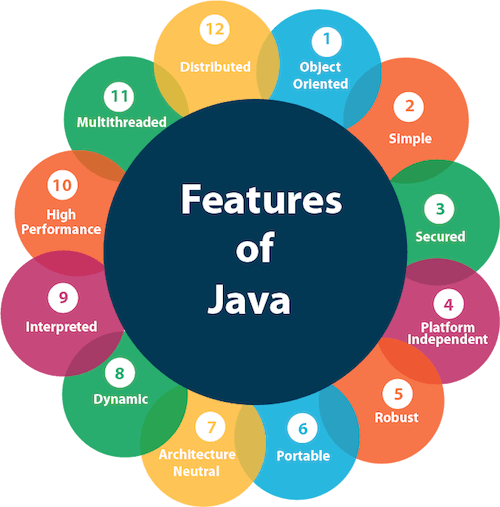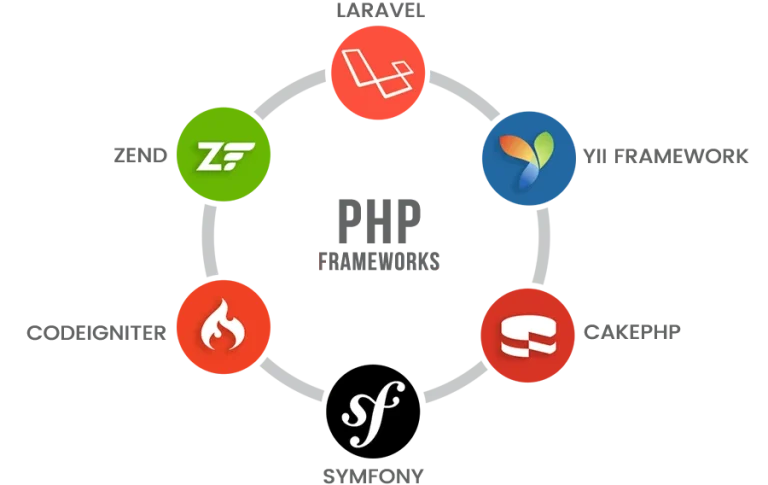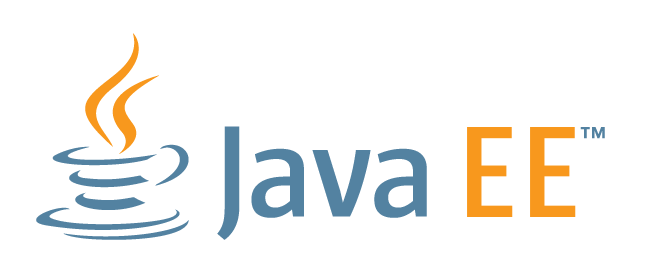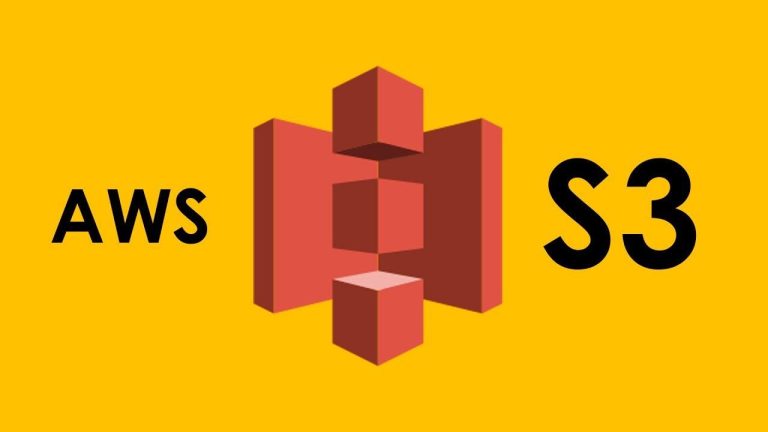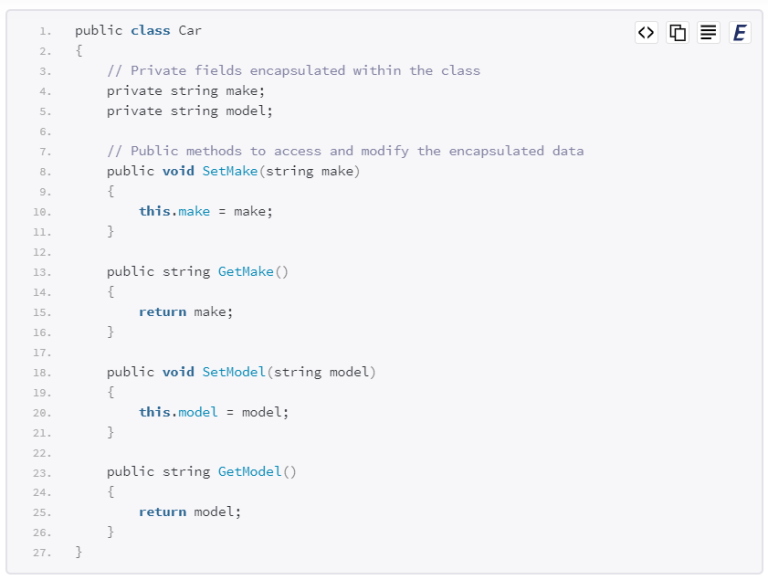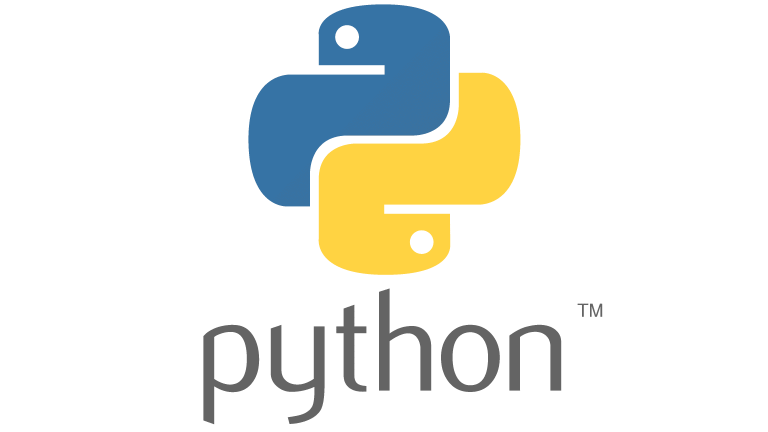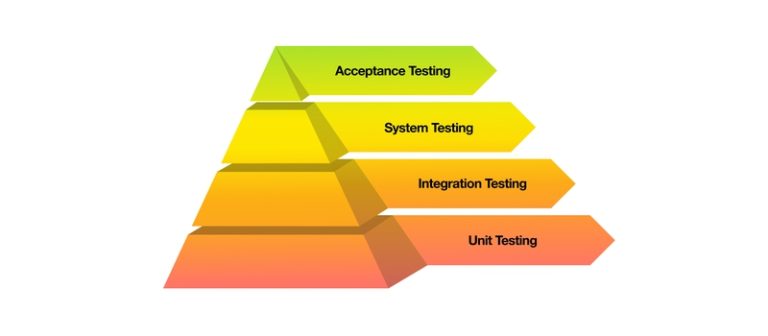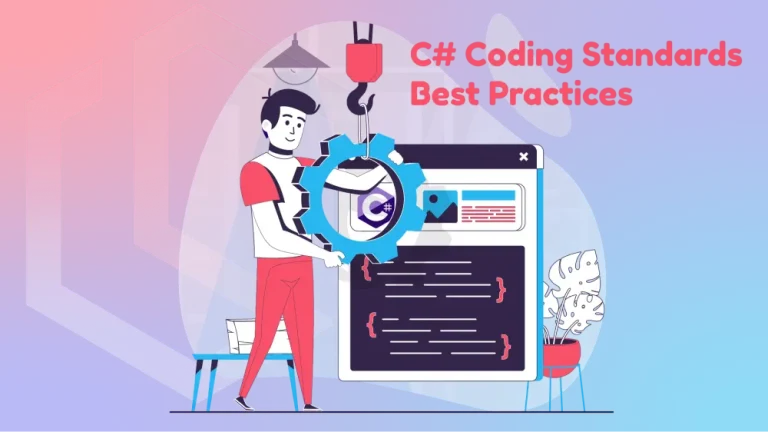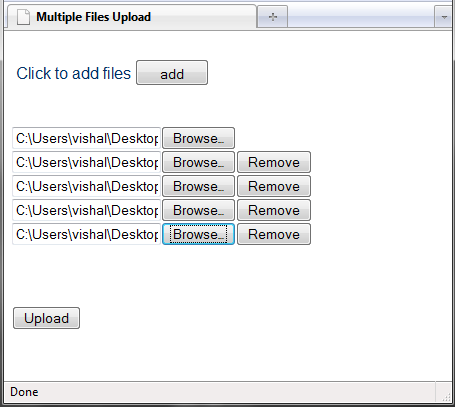Introduction
Go, commonly known as Golang, is a programming language developed by Google that has gained significant popularity for its simplicity, efficiency, and concurrency support. In this article, we’ll delve into some of the key features that make Go a compelling choice for developers.
- Concurrent Programming: One standout feature of Go is its built-in support for concurrent programming. Go introduces the concept of goroutines, which are lightweight threads managed by the Go runtime. Goroutines make it easy to write concurrent code, enabling developers to efficiently execute multiple tasks concurrently without the complexities often associated with traditional threading models.
go func() {
// Concurrent task
}()Additionally, Go includes channels, a powerful mechanism for communication and synchronization between goroutines. This facilitates the development of concurrent and parallel applications with ease.
- Static Typing: Go is a statically typed language, meaning that variable types are known at compile time. This helps catch errors early in the development process, improving code reliability and maintainability. Despite its static nature, Go’s type system is designed to be expressive and flexible, allowing developers to write clean and concise code.
var age int age = 25
- Garbage Collection: Memory management is a critical aspect of programming, and Go addresses it through automatic garbage collection. Developers don’t need to explicitly manage memory allocation and deallocation, as the Go runtime takes care of this automatically. This feature reduces the risk of memory leaks and enhances the overall robustness of Go applications.
- Simplicity: Go is renowned for its simplicity and readability. The language is designed with a minimalistic syntax that avoids unnecessary complexity. This simplicity not only makes Go easy to learn for new developers but also enhances collaboration and code maintenance within development teams.
package main
import "fmt"
func main() {
fmt.Println("Hello, World!")
}- Fast Compilation: Go boasts fast compilation times, allowing developers to iterate quickly during the development process. This is particularly advantageous for large codebases and projects with frequent code changes. The quick compilation times contribute to a more efficient development workflow.
- Cross-Platform Support: Go supports cross-compilation, enabling developers to build binaries for various operating systems and architectures from a single codebase. This feature simplifies the deployment process and makes it easier to create applications that run seamlessly across different platforms.
- Standard Library: Go comes with a rich standard library that covers a wide range of functionalities. This eliminates the need for third-party libraries in many cases, as developers can leverage the standard library for tasks such as networking, file I/O, and more. The inclusion of a robust standard library enhances productivity and promotes best practices.
Conclusion
In conclusion, the Go programming language offers a unique combination of simplicity, concurrency support, and performance. Its features cater to the needs of modern developers, making it well-suited for a variety of applications, from web development to system programming. Whether you are a seasoned developer or a newcomer to the programming world, exploring Go can be a rewarding experience, opening doors to efficient and scalable software development.

